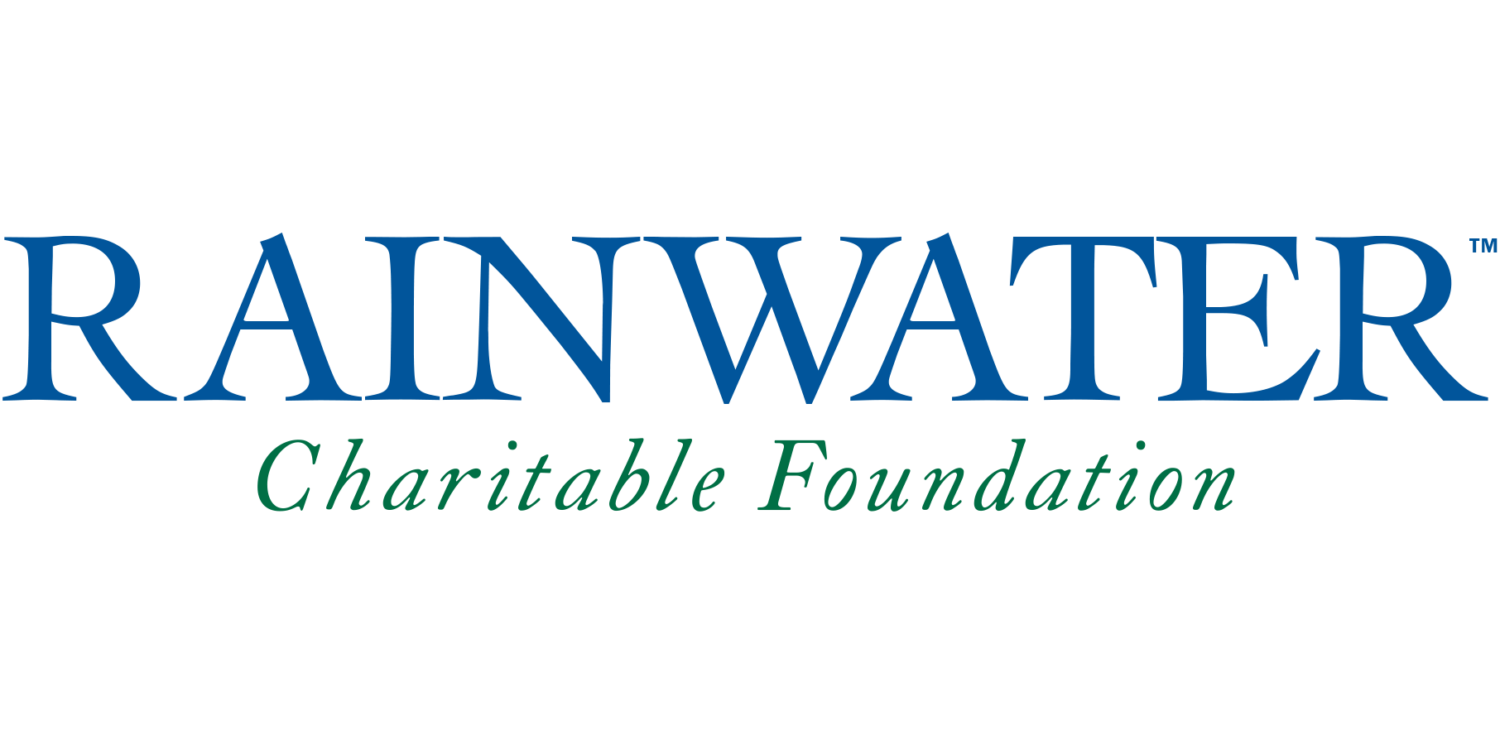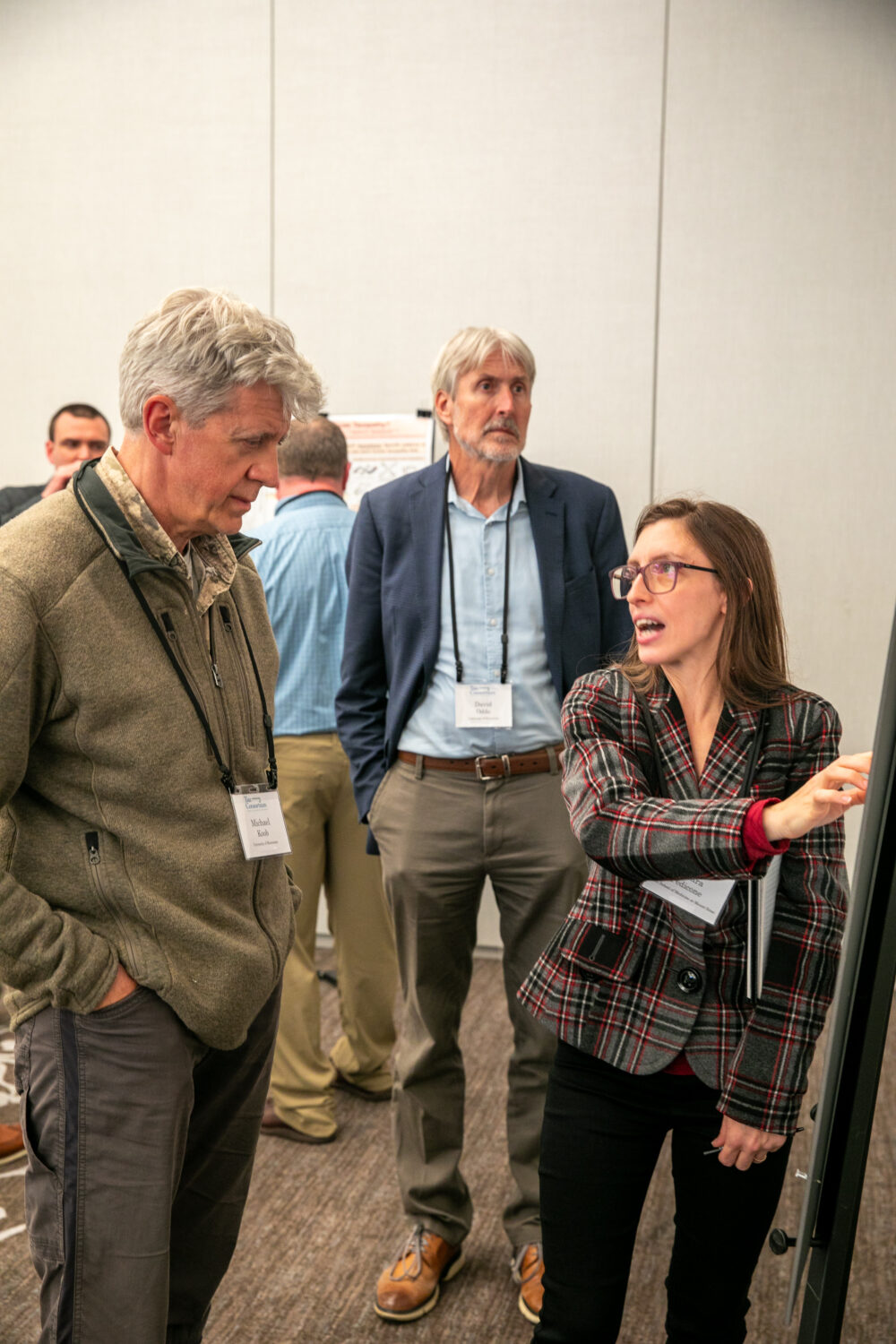
Each year, the Tau ConsortiumTM Investigators Meeting (TCIM) gathers its funded investigators to discuss the latest in primary tauopathy research. Managed and funded by the Rainwater Charitable Foundation (RCF), this event has long been more than just a conference—it has served as a catalyst for collaboration, innovation, and progress. Today, it continues to bring researchers and partners together to further an urgent mission: finding treatments for primary tauopathies. This September’s meeting in San Diego, California was particularly noteworthy, marking the launch of an ambitious new five-year strategic plan designed to accelerate the journey from laboratory discovery to clinical practice.
The TCIM was built on the principle that collective progress is accelerated when brilliant researchers work together across disciplines and institutions. The TCIM 2025 began with meetings on specialized topics such as iPSC Models, Genetics, PET Imaging, and Drug Discovery, allowing for focused discussions among experts and project collaborators. General sessions covered a vast landscape of tau research, from foundational mechanisms to innovative clinical work.
The lively poster receptions and shared meals provided invaluable opportunities for investigators to connect, challenge ideas, and spark new collaborations. This vibrant dynamic fueled TCIM 2025 and set the perfect stage for one of the week’s most significant announcements.
Unveiling a Vision for the Future: The Tau Consortium’s Five-Year Strategic Goals
During the opening session, a new chapter was unveiled by the Tau Consortium (TC) leadership, including RCF President Jeremy Smith and Chair of the TC Scientific Advisory Board Dr. Howard Feldman. As the search for a cure for primary tauopathies continues to evolve, the TC challenged itself to define a strategy that would make the greatest impact on the unmet needs of patients living with primary tauopathies.
This reflection culminated in five strategic goals that will guide the TC’s investments and efforts over the next five years:
- Foster Translational Mechanisms: This goal reaffirms the TC’s commitment to basic science while sharpening its focus on clinical application. The objective is to maintain a robust and balanced portfolio, supporting both high-risk, innovative pilot projects and more mature, translational programs. The goal is to transition at least three validated therapeutic targets from the TC basic research portfolio into the TC drug discovery pipeline. This ensures that fundamental biological insights are systematically advanced toward becoming potential therapeutic programs.
- Identify Liquid Biomarkers: Accurate diagnosis is a major obstacle in treating primary tauopathies. This goal addresses the challenge head-on by focusing on identifying diagnostic or disease progression liquid biomarkers that are specifically correlated to a primary tauopathy. Such a tool would be transformative for clinical trials and, eventually, for patient care.
- Develop Neuroimaging Biomarker: Better imaging tools are critical for understanding how tau spreads in the brain and for measuring the effectiveness of new therapies in clinical trials. Last year, a team funded by the RCF launched the first-in-human study for a novel tau PET ligand named OXD-2314. The TC will drive the development of a new tau PET ligand with high affinity (<1nM) for 4R tau, with the aim of advancing it into a first-in-human study.
- Advance Therapeutics: This goal underscores the RCF’s patient-focused urgency by setting a concrete drug discovery and development target. The aim is to advance two RCF-supported drug discovery programs to the Investigational New Drug (IND) stage—the final step of preclinical research before testing a potential drug in humans. This cements a bold commitment to translating the strategic support of the RCF’s scientific discoveries into tangible therapeutic candidates.
- Strengthen Clinical Readiness: A potential treatment is only as strong as the program’s clinical readiness and trial infrastructure. This goal focuses on mobilizing a Clinical Development Advisory Team, ensuring researchers have robust access to diverse patient cohorts and associated resources and tools. This guarantees that research findings will be applicable to the widest possible patient population.
A Meeting of Minds: Science in Action
The TCIM 2025 was a living reflection of the RCF’s new strategic priorities. The sessions showcased the incredible breadth and depth of research already underway within the TC:
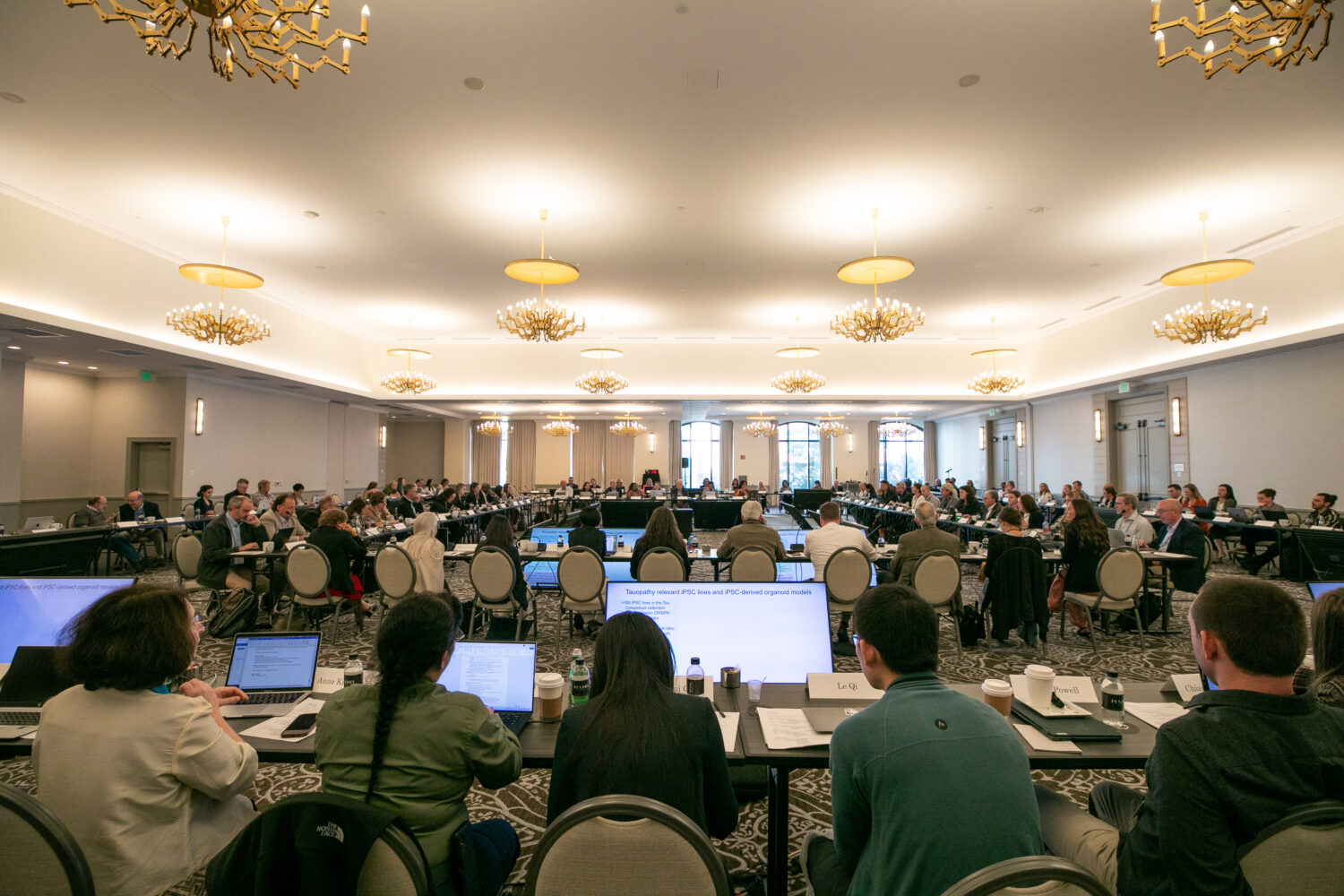
- Presentations on ASO (antisense oligonucleotides) clinical trials, assay and screening platforms, and a high-level panel on drug discovery directly supported the goals of fostering translational mechanisms and advancing the therapeutic landscape of tauopathies.
- Dedicated sessions on PET imaging and non-imaging biomarkers highlighted the ongoing work that will be crucial to achieving the new biomarker development goals.
- A powerful live session with a family involved in the MAPT iPSC Project grounded the science in human experience, reinforcing the importance of clinical readiness and patient partnership.
- Forward-thinking sessions on the use of artificial intelligence and deep dives into disease mechanisms using spatial transcriptomics and proteomics demonstrated the TC’s commitment to leveraging innovative tools and continuing the research that fuels progress.
Lasting Impact: A Shared Vision for an Urgent Mission
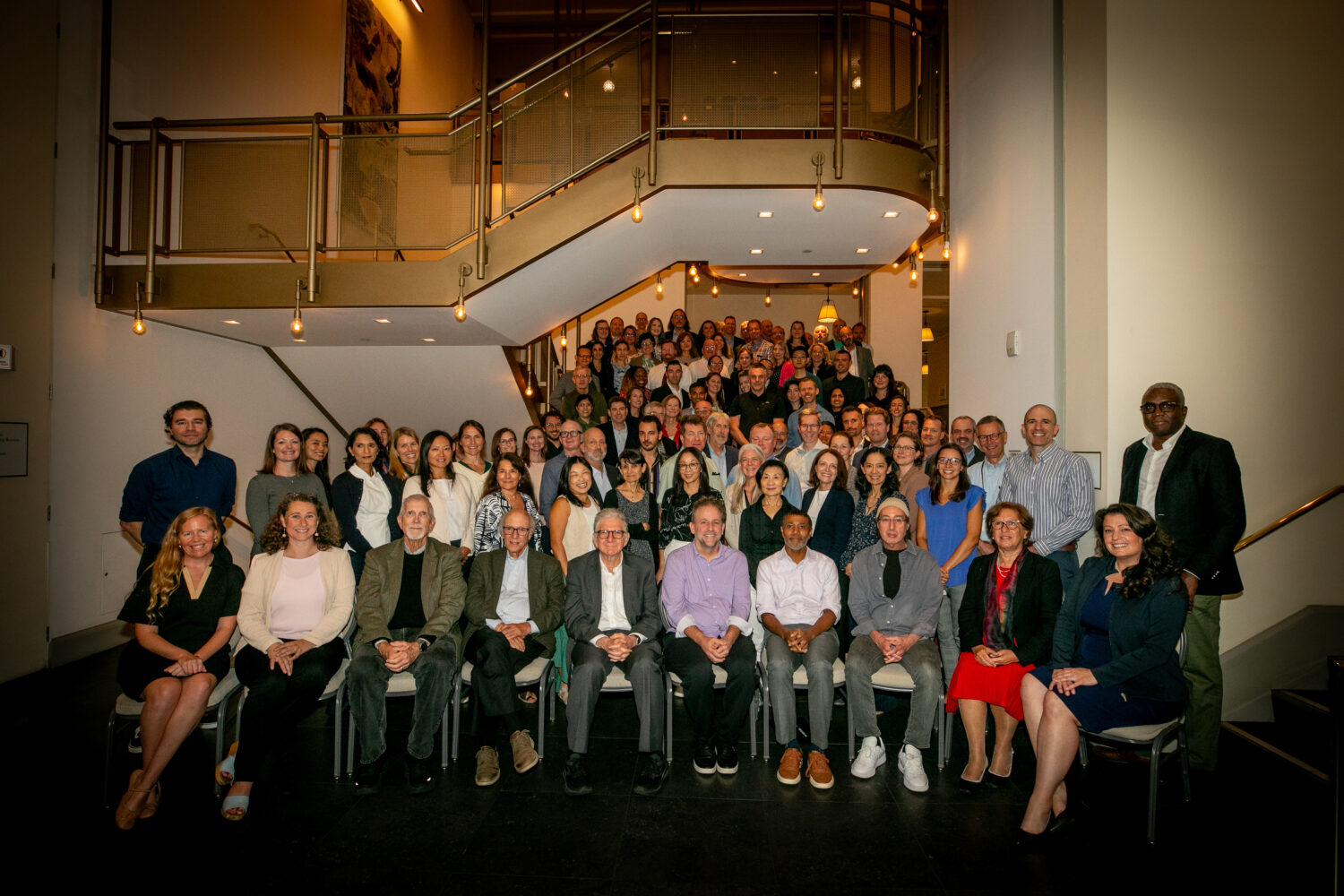
The unveiling of the five-year goals at TCIM 2025 marks a pivotal evolution of the TC’s strategy, designed to build upon over fifteen years of foundational research and accelerate the delivery of solutions to patients. This new framework provides a shared vision, ensuring the diverse and brilliant projects within the portfolio are all moving in the same direction.
As the TC moves forward, collaboration will be more important than ever. Funding invitations for 2026 and beyond will align with these strategic priorities, and the RCF will work closely with each investigator to support their vital work.
The TCIM 2025 was not just a summary of past achievements, but a powerful launchpad for the future. With a clear, ambitious, and collaborative path forward, the TC is more prepared than ever to lead the charge in the search for a cure for primary tauopathies.
